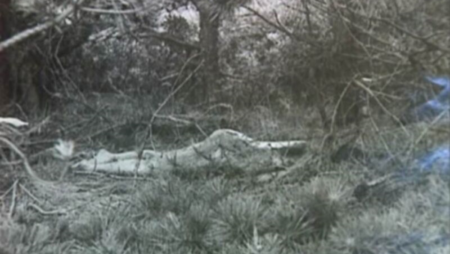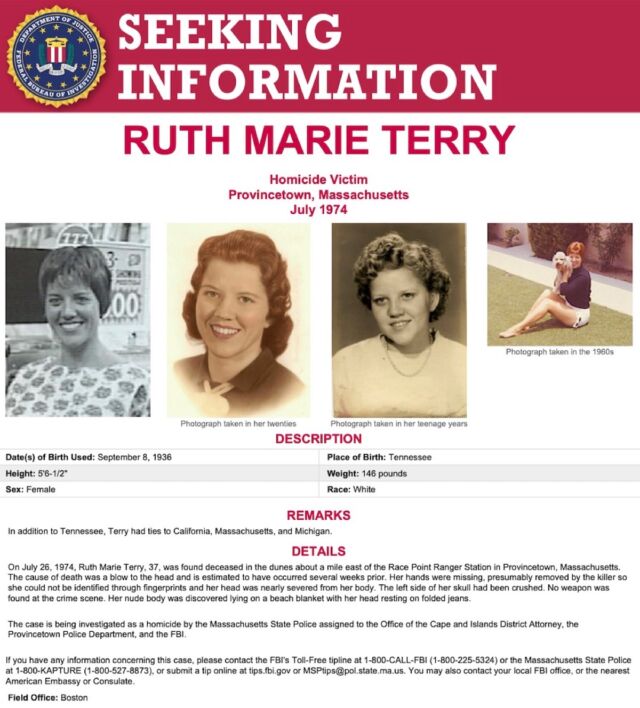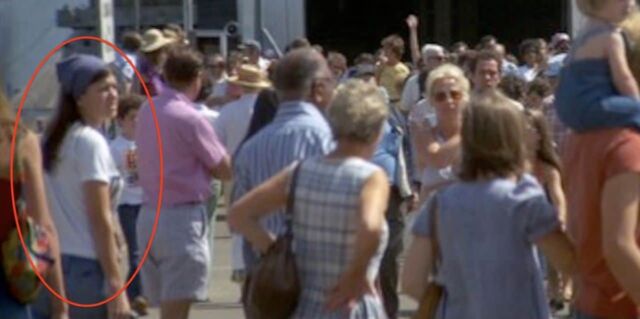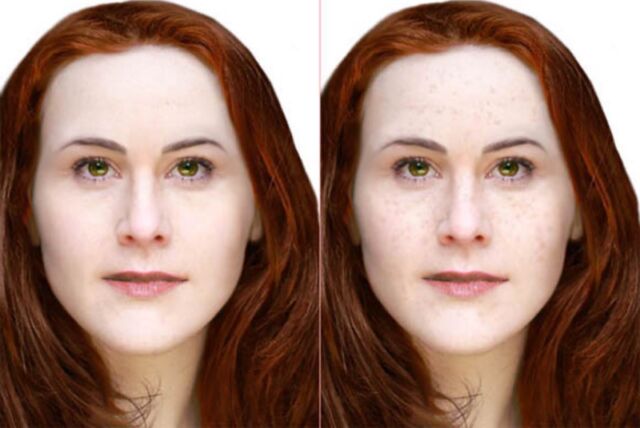
The FBI has identified a woman who was brutally murdered in 1974 and found in the dunes of Race Point in Provincetown, Massachusetts. “Lady in the Dunes” turned out to be Tennessee native Ruth Marie Terry, who was 37 years old at the time of her death.
On July 26, 1974, a 12-year-old girl was walking her dog near the dunes of Race Point when she accidentally discovered the mutilated body of a woman. Law enforcement officers at that time could not identify the identity of the murdered woman, and in the criminal investigation the victim would be called “Lady in the Dunes” for many years.
On October 31, 2022, nearly 50 years after the discovery of the tortured troupe, the FBI announces that it has identified the victim through forensic genealogy. This approach was also used to identify the “Golden State Killer” serial killer, former police officer Joseph James Deangelo, in 2018.
Little is known about Ruth other than that she was born in Tennessee in 1936. A DNA search determined that the woman was “daughter, sister, aunt, wife and mother.” Investigators also found that she “had family ties” to California, Massachusetts and Michigan.

“While we have identified Ruth as the victim of this horrific murder, this will not ease the pain of her family – nothing can. But this is undoubtedly a big breakthrough in the investigation, which I hope will bring us all closer to identifying the killer, ”Joseph Bonavolonta, special agent for the Boston branch of the FBI, said at a press conference during the announcement of the identification.
The course of the investigation
On that fateful summer day, the Lady of the Dunes was found naked in the tall grass. The body lay face down and was already badly decomposed – a large number of insects nearby indicated that the woman had been dead for several weeks. The victim was severely strangled – but the cause of death was a blow to the head with a blunt object (judging by the angle of impact, the killer was lying nearby).
There were no signs of a struggle, but there was evidence of sexual abuse, which probably occurred after death. Both her arms and one forearm were missing, and several teeth were also removed.
With the exception of footprints leading to the body and tire impressions, not much evidence was found at the site. The police checked all the cars that visited the park in those days – but they did not find any records that related to the murdered woman, so it is possible that she was tortured in another place and only then the body was thrown into the dunes.
The body was buried in St. Peter’s Cemetery near the city center with the inscription on a small headstone: “Unidentified female body found in the dunes of Race Point on July 26, 1974.”
Potential Suspects
Potential suspects over the years have included Irish mobster White Bulger (notorious for extracting the teeth of his victims), serial killer Tony Costa (ruled out as he died in May 1974, two months before the murder), and serial killer Gedden Clark (This one even confessed to the crime, but suffered from a severe form of schizophrenia – so it was believed that this was a false confession.)
In 1987, a woman told police that her father confessed to strangling the woman in 1972, but the body was never found.
For a while, Lady in the Dunes seemed to be the fugitive Rory Jean Kessinger, whose facial features closely resembled reconstructions of the victim’s face.
The woman had long red hair in a ponytail, pink toenail polish, and Wrangler jeans and a blue bandana littered under her head. This prompted a speculative theory that emerged in the summer of 2015, when American horror writer Joe Hill suggested that the victim may have been an extra in the beach scene of Jaws, filmed at Martha’s Vineyard in 1974, about 100 miles from where body was found.
Hill spotted a woman in jeans and a blue bandana in the crowd during the anniversary screening.

Victim identification
The police could not identify the victim for a long time. The body was exhumed in 1980, 2000 and 2013 for further analysis and evidence collection (including DNA samples). There have also been attempts to reproduce the face of the victim, starting with clay modeling in 1979 and ending with the creation of a computer image of the face in 2010 (for this they used the victim’s skull, which had lain with the Provincetown police chief for many years).

DNA evidence has been used in criminal investigations since the late 1980s, and although law enforcement had samples of Lady in the Dunes and added them to their databases in 2000, they did not match the DNA of any of the missing women.
Modern methods of DNA search
Over the past 20 years, the ability to search for DNA has increased dramatically – companies began to distribute commercial kits for testing, which could even be carried out at home. Since 2019, about 30 million people have carried out such a check.
Such genealogy databases were predominantly white and therefore racially biased – however, they allowed millions to trace their origins and proved to be very useful in solving criminal cases.
In the Golden State killer case, investigators used GEDmatch (a free DNA download site and free DNA analysis toolset) to build about 25 family trees. They downloaded the killer’s DNA profile and found 10 to 20 people who shared the same great-great-great-great-grandfathers. Further, law enforcement officers worked diligently on the list, excluding suspects – until only the name Deangelo remained. His DNA samples matched those of the killer, and he is now serving a life sentence without parole.
Terry was identified in a similar way. Earlier this year, skeletal samples of the Lady of the Dunes were sent to the Othram Lab in Texas, which specializes in forensic genealogy of unsolved murders and missing people. Various chemical treatments on the remains during preliminary attempts to obtain forensic evidence interfered with the creation of a qualitative DNA profile of the victim. But Othram eventually got a usable sample despite chemical damage and some microbial contamination.
The FBI used the resulting DNA profile to search genealogical databases and eventually found a close relative of Terry. The victim’s identity was confirmed by further DNA testing.
Source: Arstechnica





